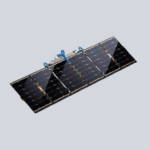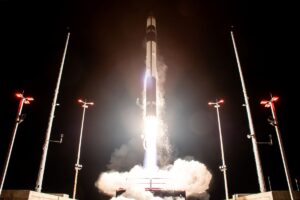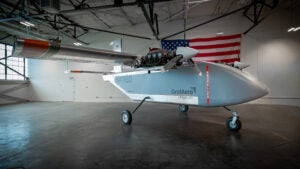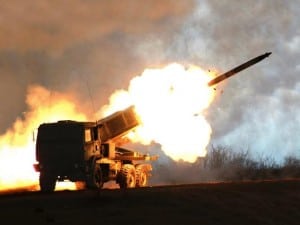
RTX [RTX] opened 2024 with strong sales growth led by its commercial aerospace businesses and net income was higher on one-time gains that more than offset various charges. Net income in the first quarter rose 20 percent to $1.7 billion, $1.28 earnings per share (EPS) from $1.4 billion (97 cents EPS) a year ago. One-time benefits included acquisition accounting adjustments, tax audit settlements, and $241 million from the sale of the Cybersecurity, Intelligence and Services business. These gains more than…

 By
By 











